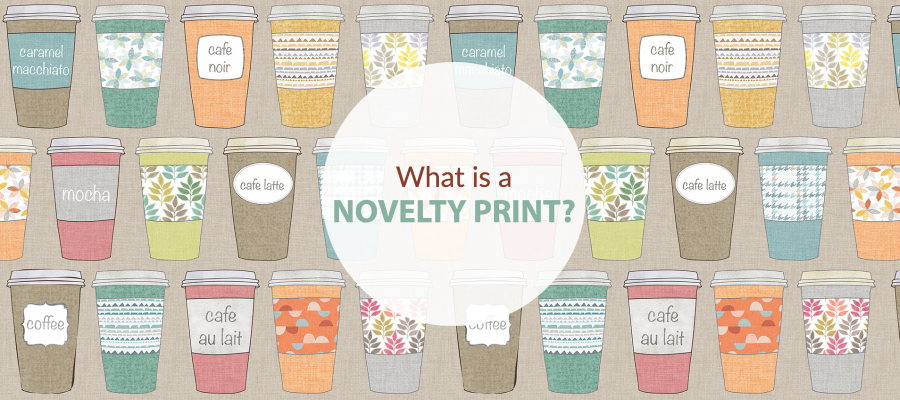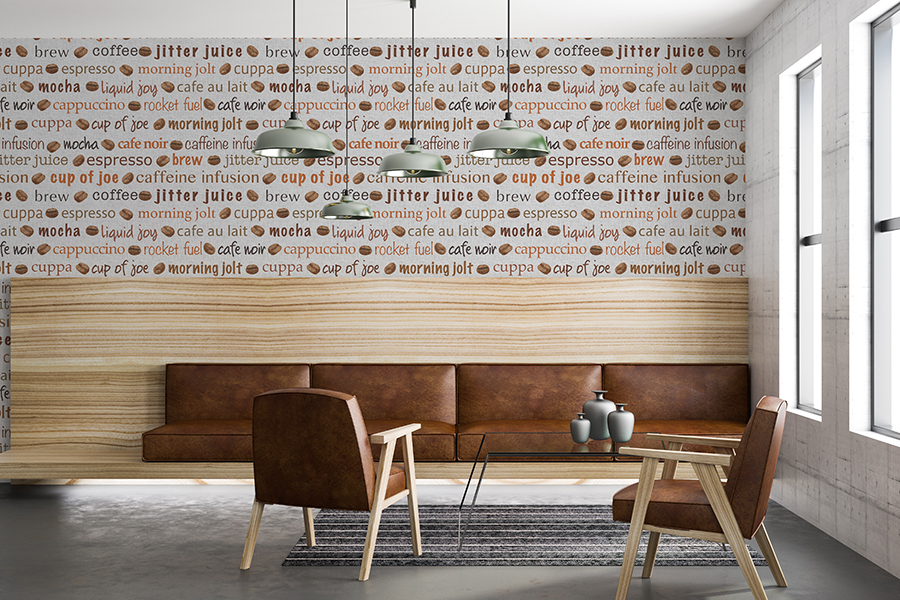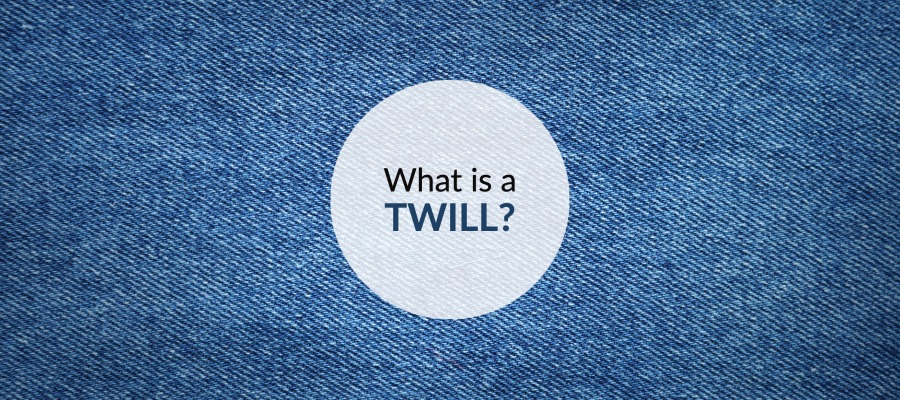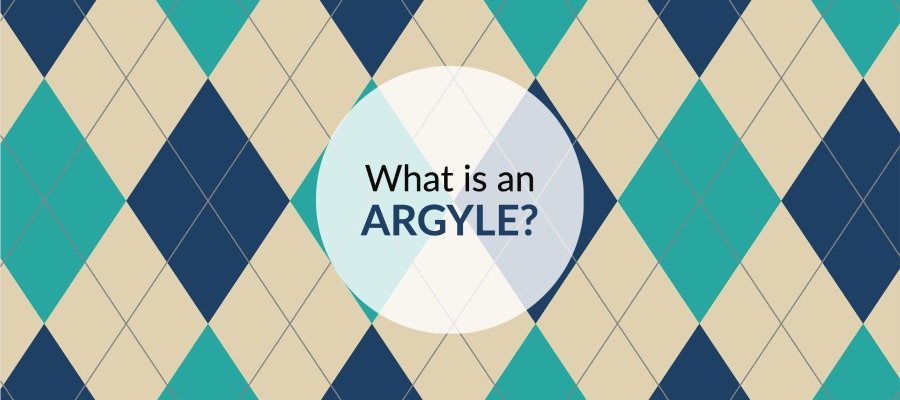
What is a Novelty Print?
A novelty print describes a particular type of pattern. Sometimes referred to as a conversational print, a novelty print has something about it that is, well, novel. These prints go beyond the familiar motifs of flowers, leaves, scrolls, and shapes. Instead, these designs contain unusual, but recognizable motifs. The novelty of the motif itself is a conversation starter.
A novelty print typically utilizes the standard design tools in a textile designer’s toolbox, such as layout and repeat. However, instead of a predictable motif, the designer chooses a recognizable object, scene, or character. This recognizable element becomes the motif and can be put into repeat to create an allover pattern, a stripe, or any layout familiar in textile design. For example, a leopard-skin pattern is not a novelty print, but a scene of a leopard chasing its prey is.
What are some examples of a novelty print?
One of the earliest examples of a novelty pattern is a toile de Jouy. These French fabrics printed in one color on cotton depicted intricate pastoral scenes and images from Greek mythology. As their popularity grew, they eventually showed historical events such as the first hot air balloon flight or that year’s Bastille Day celebrations.
Novelty prints are helpful to commemorate a special occasion. Throughout history, commemorative prints were popular for events such as coronations, elections, or a World’s Fair. These prints are usually produced in small quantities as people tend to lose interest after the event has passed. However, they often become collector’s items years later.
In the 1920s and 1930s, the Soviet Union used novelty prints to inspire their citizens to embrace their new industrializing country. They created prints with smokestacks, hammers, gears, factories, planes, even prints depicting well-behaved children playing. This practice was relatively short-lived though. The population generally viewed the designs as harsh and propagandistic and not something they wanted on garments or household fabrics.
Aloha shirt patterns, on the other hand, conjure much more pleasant images. While not all Aloha shirts use novelty prints, many of them do. In addition to beautiful floral patterns, many shirts have detailed scenes of Diamond Head and Waikiki, surfers, fishermen, cruise ships, and mountains. Worn by the local population and purchased as souvenirs, Aloha shirts are always in fashion in Hawaii.
Novelty prints can be big money makers.
Recently, novelty prints have become big income generators in the world of licensed designs. Think about it; every new Disney movie inspires a whole new range of products with new characters. Suddenly, designers take Elsa and use her image to create patterns for bedding, apparel, party gear, and more. Companies have learned that nearly any popular character can continue to make even more money through licensing on products. And the textile industry doesn’t want to miss out.
While the concept of licensing is relatively new, popular culture influencing print design is not. The 1940s and 1950s saw an abundance of American West prints, and the 1960s saw astronauts, rockets, and space images.
There are many uses for novelty prints in apparel, home furnishing, and commercial design. Wherever novelty prints have been used, whether on an Aloha shirt or a Soviet pillowcase, seeing a recognizable image in an unexpected place like a fabric design is always a novelty. To see examples of novelty prints in our online library, type novelty into the search bar.
Sources:
The Aloha Shirt, Spirit of the Islands; by Dale Hope with Gregory Tozian
Soviet Textiles, Designing the Modern Utopia; by Pamela Jill Kachurin
Textile Designs; by Susan Meller and Joost Elffers
Share this post
Author
DESIGN/COLOR TRENDS AND AWESOME INFORMATION IN YOUR INBOX
Sign up for our monthly trend letter








